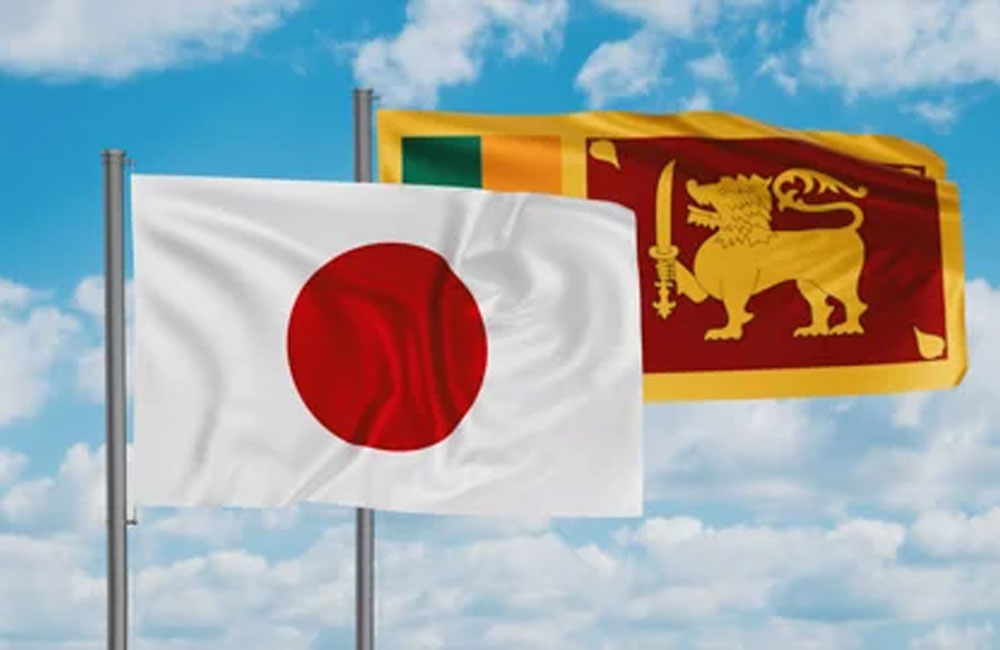Japan is quietly strengthening its economic footprint in Sri Lanka as both countries explore a deeper industrial partnership aimed at turning the island into a strategic supply base for Japanese manufacturing operations in India and the wider South Asian region.
The Board of Investment (BOI) is currently collaborating with the Japan External Trade Organization (JETRO) to attract new Japanese investors and create a specialized Japan–Sri Lanka Investment Zone. According to BOI Chairman Arjuna Herath, discussions are also underway on developing an India–Sri Lanka Economic Corridor to integrate regional value chains.
Japan’s renewed interest comes amid a global shift in supply chains. Many Japanese manufacturers, heavily invested in India, are now exploring Sri Lanka as a cost-effective alternative for sourcing intermediate goods, logistics, and light manufacturing. “They are considering whether Sri Lanka can act as a supply source to support their Indian operations,” Herath said, noting that several Japanese firms have initiated feasibility assessments within BOI zones.
At present, nearly 85 Japanese companies operate under the BOI framework in Sri Lanka, primarily engaged in automotive components, tire manufacturing, electronics, precision engineering, and construction material production. These firms collectively account for around 12% of annual FDI inflows from Asia, contributing an estimated US$ 120–150 million per year in direct investments and reinvested earnings.
Prominent Japanese investments include Michelin Lanka Pvt Ltd, which expanded its Sri Lankan operations with an additional US$ 72 million from its parent company, and CEAT OHT Lanka Pvt Ltd, a joint venture with a Japanese partner, which committed US$ 111 million to a state-of-the-art tire manufacturing plant. Other notable Japanese-linked ventures operate in renewable energy, industrial automation, and high-tech logistics services.
The BOI has recorded a marked resurgence in foreign investment confidence. Between January and September 2025, it approved 104 projects with total capital investment of US$ 1.06 billion, split almost equally between foreign (US$ 540 million) and local (US$ 520 million) participation.
The breakdown of realized FDI shows equity inflows of US$ 133 million, reinvested profits of US$ 132 million, and intra-company loans of US$ 231 million. Long-term foreign commercial loans amounted to US$ 331 million, bringing total realized investment up 138% compared to 2024.
The Colombo West International Terminal (CWIT) was the single largest investment during the period, injecting US$ 229 million, followed by CEAT OHT’s US$ 111 million and Bluehaven Services’ US$ 85 million for the City of Dreams resort development.
BOI expects total foreign direct investments including new projects, reinvestments, and borrowings to reach US$ 1.1 billion in 2025, driven largely by renewed investor confidence, policy reforms, and improved credit ratings.
Herath emphasized that “the strong participation of existing enterprises reflects the trust built through economic and political stability, transparency, and good governance.”
With JETRO’s involvement and growing Japanese investor interest, Sri Lanka’s next growth frontier may hinge on how quickly it positions itself as a dependable link in Japan’s regional manufacturing and supply chain ecosystem.

Leave your comments
Login to post a comment
Post comment as a guest